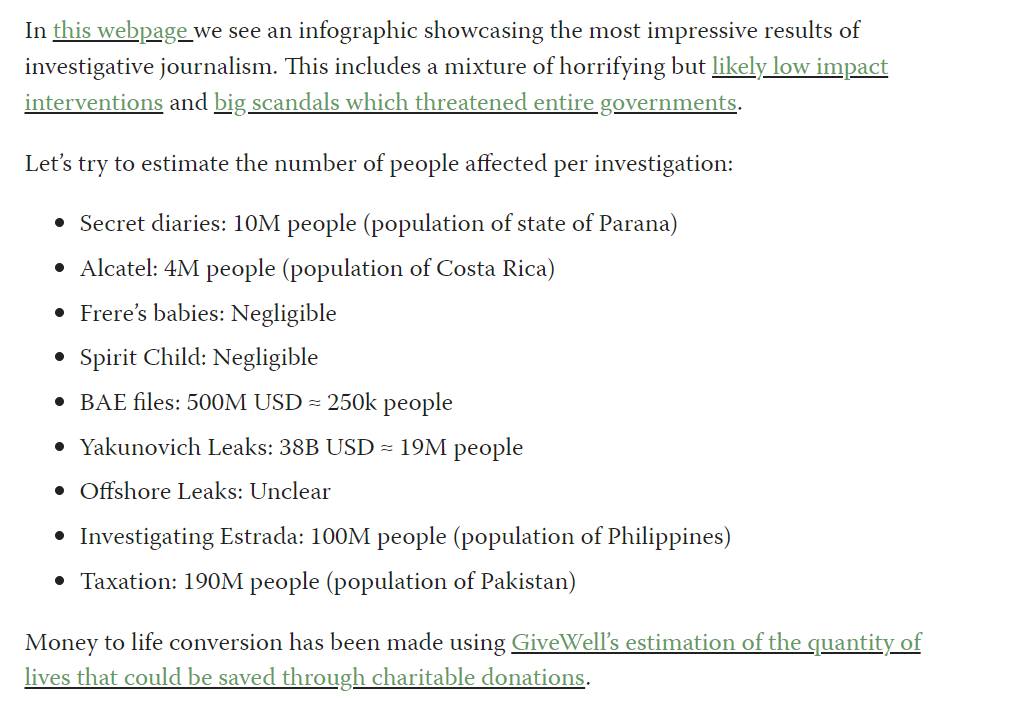This is a crosspost for The Case for Insect Consciousness by Bob Fischer, which was originally published on Asterisk in January 2025.
[Subtitle.] The evidence that insects feel pain is mounting, however we approach the issue.
For years, I was on the fence about the possibility of insects feeling pain — sometimes, I defended the hypothesis;[1] more often, I argued against it.[2]
Then, in 2021, I started working on the puzzle of how to compare pain intensity across species. If a human and a pig are suffering as much as each one can, are they suffering the same amount? Or is the human’s pain worse? When my colleagues and I looked at several species, investigating both the probability of pain and its relative intensity,[3] we found something unexpected: on both scores, insects aren’t that different from many other animals.
Around the same time, I started working with an entomologist with a background in neuroscience. She helped me appreciate the weaknesses of the arguments against insect pain. (For instance, people make a big deal of stories about praying mantises mating while being eaten; they ignore how often male mantises fight fiercely to avoid being devoured.) The more I studied the science of sentience, the less confident I became about any theory that would let us rule insect sentience out.
I’m a philosopher, and philosophers pride themselves on following arguments wherever they lead. But we all have our limits, and I worry, quite sincerely, that I’ve been too willing to give insects the benefit of the doubt. I’ve been troubled by what we do to farmed animals for my entire adult life, whereas it’s hard to feel much for flies. Still, I find the argument for insect pain persuasive enough to devote a lot of my time to insect welfare research. In brief, the apparent evidence for the capacity of insects to feel pain is uncomfortably strong.[4] We could dismiss it if we had a consensus-commanding theory of sentience that explained why the apparent evidence is ir





IJ in developing countries where they're needed the most probably have a full time job doing something else, and probably don't make more than $4k/year. In first world countries, sure, go for $50k/avg.
Obviously when you focus on something you can bring down the price, but attacking corruption at such a big scale does bring up the cost. IJ aren't enough. Lawyers are needed, but they're all pro bono because they know this work needs to be done.
We're talking billions of people affected. Yes the numbers can be completely different because you just can always say "Well there's still corruption in the government, so if the billions of $ of taxes that were being evaded are now funding corrupt policies & corrupt corporations wasting more resources etc...." It's exponential, and it just can't be attributed due to secondary affects.
Check out CongoHoldUp.com, there's bloomberg articles about it etc.
How much corruption witholds funds that could have helped the people in extreme poverty in the world?
These global health interventions mean squat if you're trying to put a bandaid on an open wound. That's what corruption is, a cancer deep down, but if it's too deep for most here to comprehend, let's just call it an open wound. Mosquitos are flying out of this wound and causing malaria, call it a fever, just a symptom. You keep investing/donating and the problem will never be solved, but you clap yourselves on the back, you're saving more lives for less spent. The wound is still open.
So how does that in the end affect your QALY IIUC?
Saved a life, now the kid needs to survive living in poverty still, to hope he can get a good education and a good job someday, but then spend 30 of his adult years to finally buy a home because the price of housing in Nigeria increases 100% every year. (OK on average... over 9 years it's increased 700% in many areas)
You have France who exploited African countries for decades, here's one example:
Exposing this is just the first step to real change. How much is real change worth? To close the wound, to stop the cancer. Transparency to end corruption is the only real long-term effective solution.